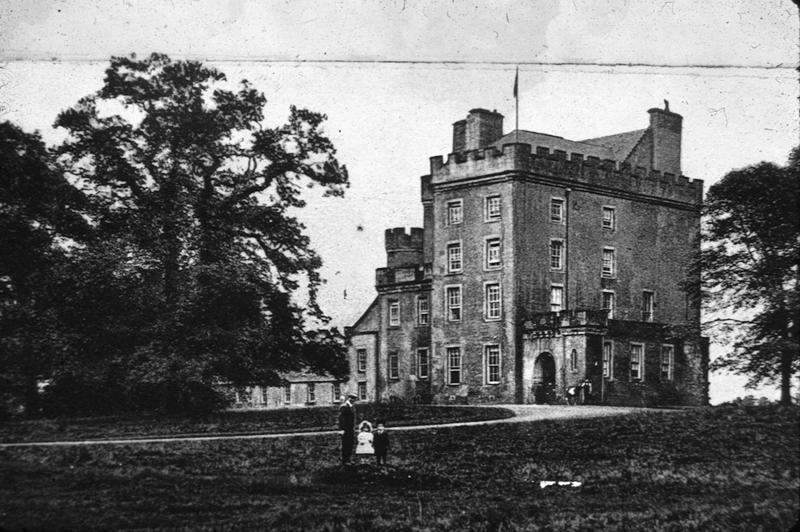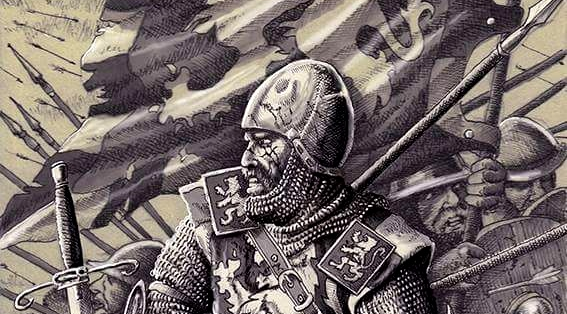Discover the history and wildlife of the Carron Glen Wildlife Reserve with the Falkirk rangers.
Just minutes away from Denny and Dunipace, lies an enchanting woodland teeming with life and colour. The Carron Glen wildlife reserve lies on the north bank of the Carron river in a steep sided glen. The river created this narrow woodland gorge when it was a torrent carrying glacial waters from the surrounding hills 10,000 years ago. The river now plunges down a series of waterfalls and into pools. Oak, ash, elm, rowan and alder trees compete for the sun rays and the floor of the woodland is carpeted in flowers such as bluebells, red campion, wild garlic and wood avens. In May and June look out for the locally rare globeflower which prefers damp soil and provides a splash of colour in wet meadows, on riverbanks, in damp woodland and occasionally damp rock ledges. Late spring is a special time to visit as there are carpets of bluebells, red campion and stitchwort covering the woodland floor. The heady smell of the bluebells and the sound of the river crashing through the gorge makes for a magical walk.
Carron Glen Wildlife Reserve became the 100th reserve of the Scottish Wildlife Trust when it was gifted by Mr. Forbes of Callendar Estate in 1996. Carron Glen has long been loved by locals as a beauty spot, and in the past there was a bandstand on the south banks of the river where musicians played in the summer months. Now the bandstand is gone and nature has reclaimed the area into a shady woodland and a place for quiet contemplation.
Here is a reference guide to the most common wildflowers of Carron Glen:
Bluebell
Carron Glen is in the top ten places in Scotland to see bluebells. From early summer the forest floor is carpeted in bluebells and on a still day these delicate flowers fill the air with their perfume. Bluebells are also known as wood bells, fairy flowers and wild hyacinth. In folklore they are associated with the fairies. Legend has it that if you pick a bluebell, you will be led astray by fairies and will wander lost forevermore. Bluebells are delicate flowers that may take years to recover from the damage caused by trampling, so mind your steps!
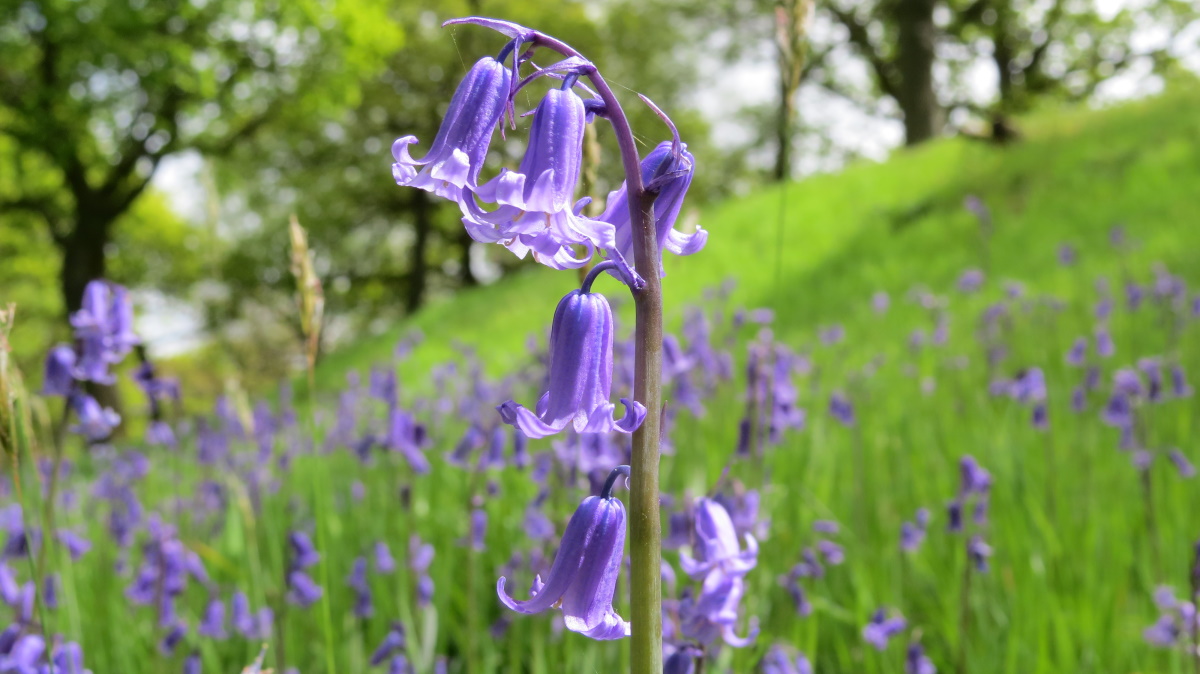

Wild Garlic
This strong-smelling native plant is easy to spot due to its deep, broad green leaves and pungent smell. The leaves carpet the woodland before it produces a white star like flower. All parts of wild garlic, including the flowers and roots are edible! It is also known as bear leek, bear’s garlic, broad-leaved garlic, buckrams, ramsons and wood garlic. Please do not pick the garlic in the reserve as all the plants here are protected and important to the woodland eco-system.
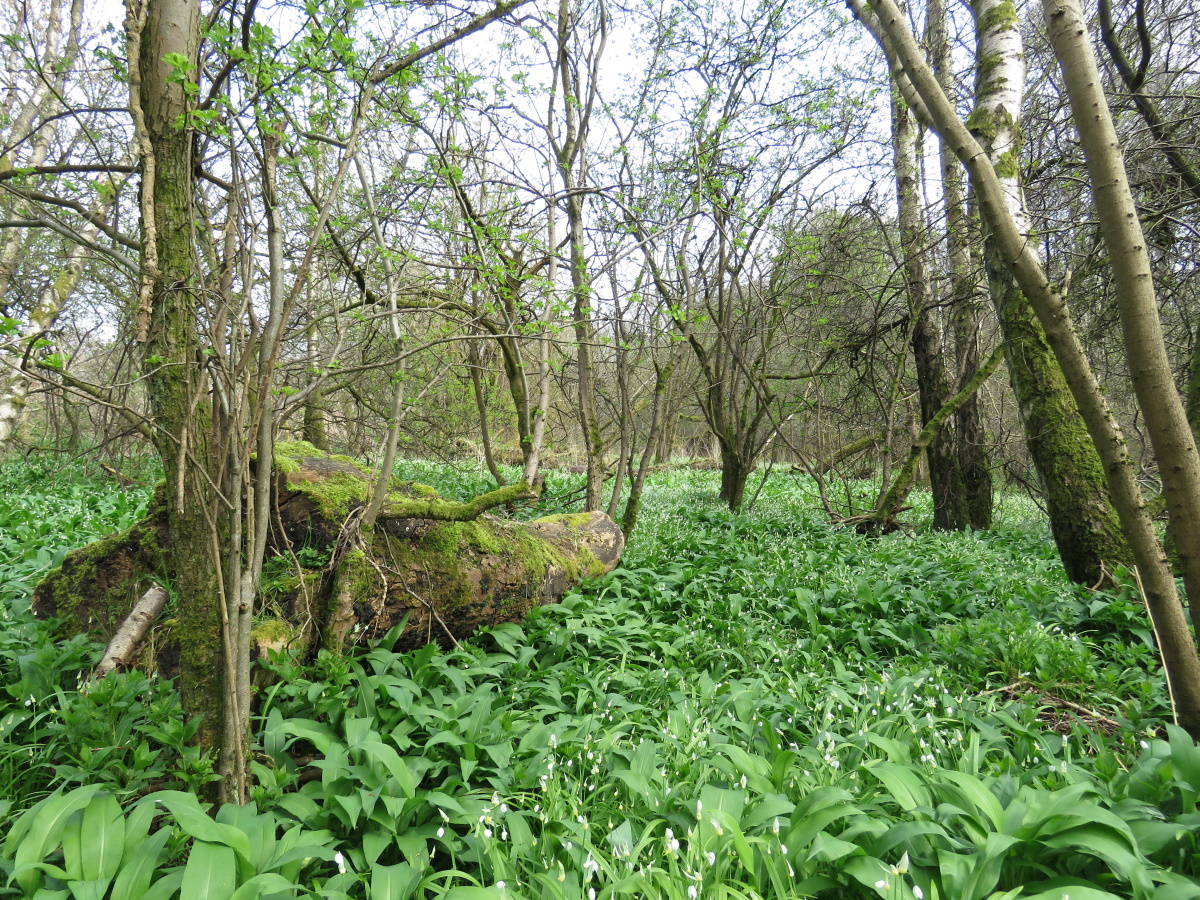

Wood Avens
Walking down the Carron Glen in Spring you will surely notice the yellow, strawberry-like flowers of wood avens. These very common wildflowers grow in the shady borders of hedgerows and woodlands. Their flowers appear in loose clusters and are replaced by red seed heads with burrs, that can easily catch on the fur of passing animals.
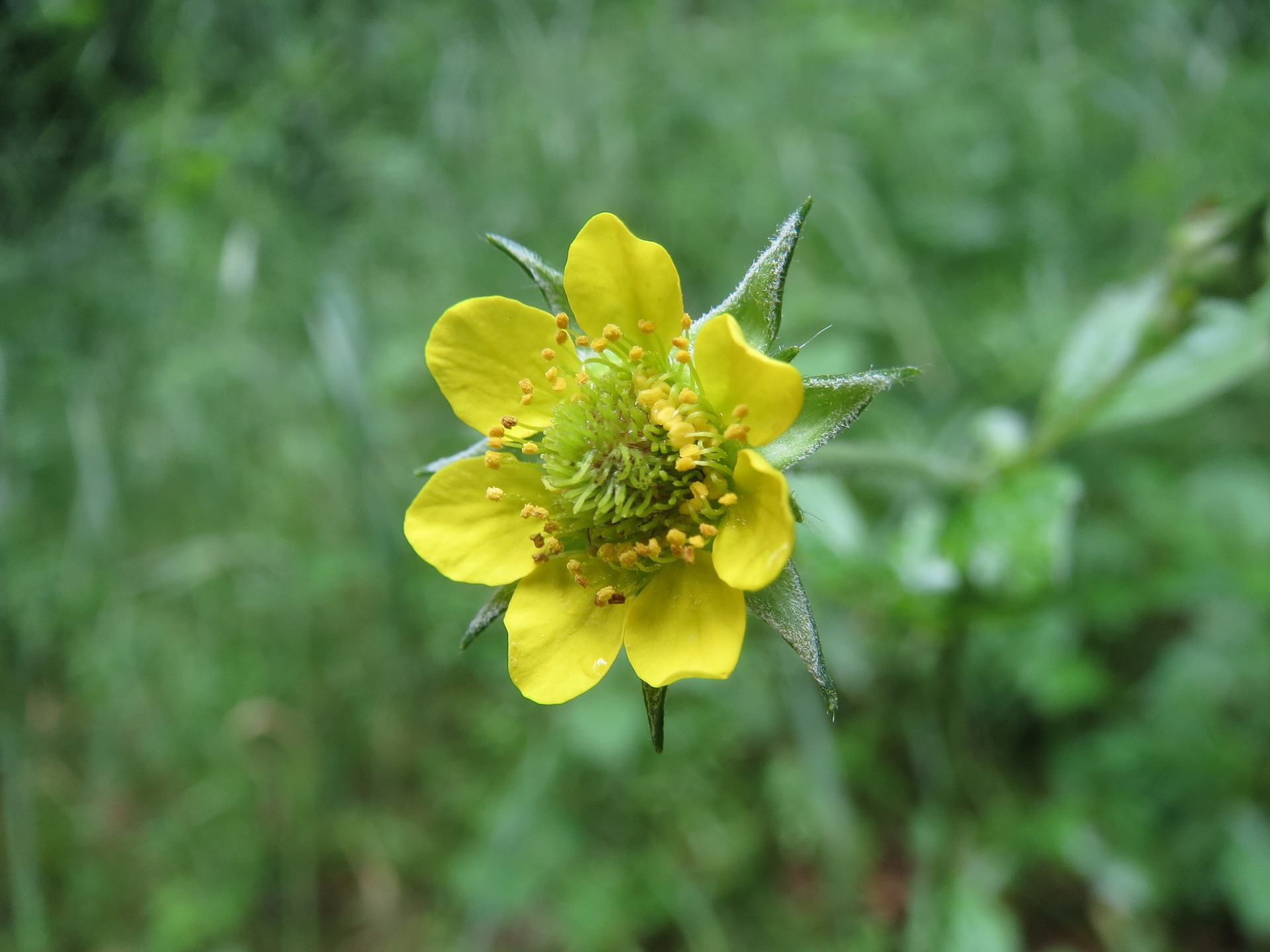

Globeflower
This charming perennial flower thrives on riverbanks and in damp woodlands, where it creates a stunning splash of colour during its blooming season, in late spring and early summer. Look out for its large, yellow flowers resembling double buttercups, that contrast perfectly its dark green, toothed leaves.
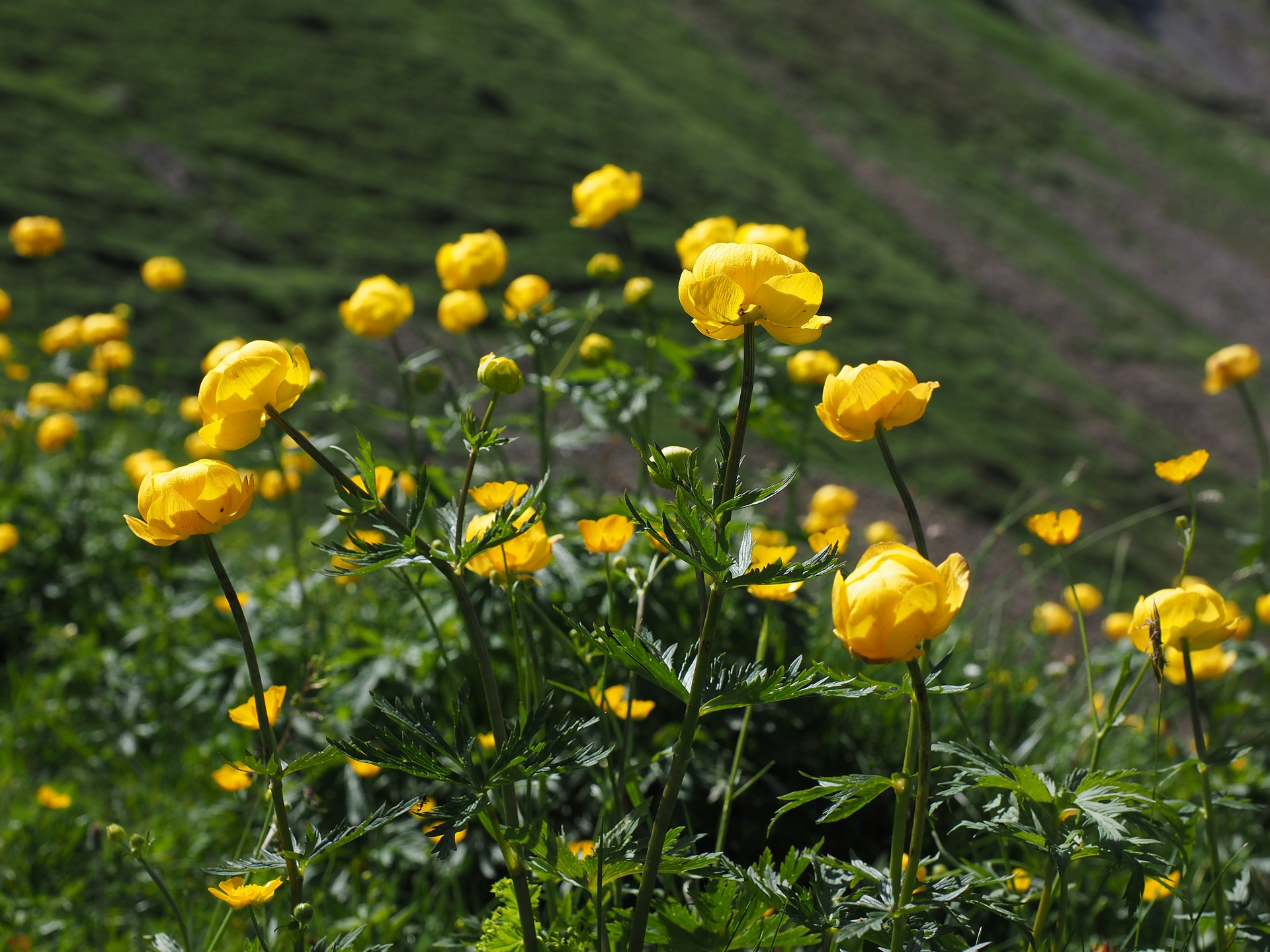

Red Campion
It’s hard to miss these colorful woodland flowers, as they bloom a cheerful pink amongst the bluebells in Spring, and remain long into the summer after the bluebells have gone. This species is an ancient-woodland indicator, so it may give a clue to the age of a wood. Campion also has strong links to myths and mysticism. Folklore tells that red campion flowers guard bees’ honey stores, and protects fairies from being discovered.
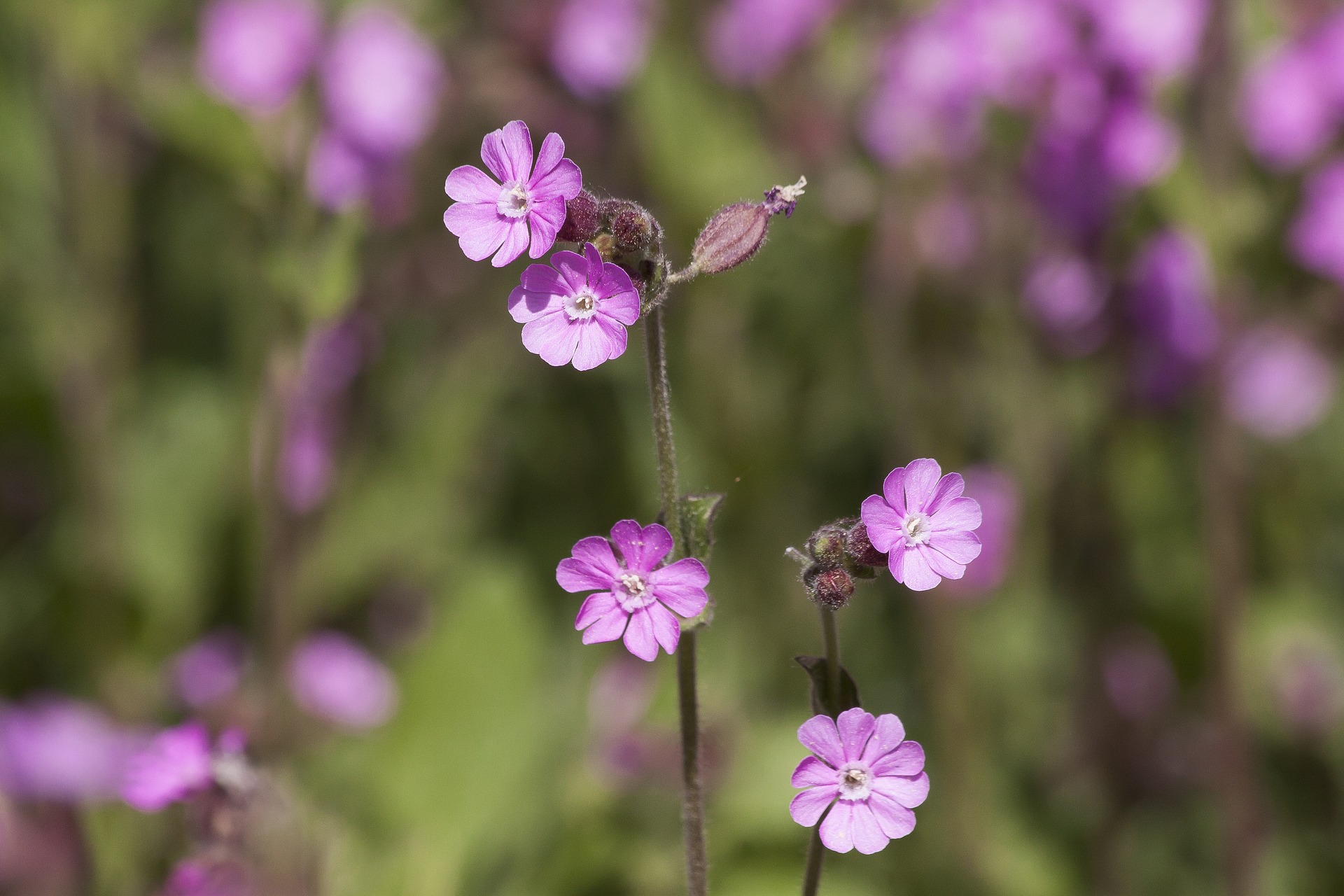

Lesser Stitchwort
Look for the pretty, star-shaped, white flowers of lesser stitchwort on the slopes of the woodland. The plant continuously flowers throughout the summer months, but each bloom of the lesser stitchwort only lasts for 3 days. The word ‘stitchwort’ dates back to the 1200's and as its name suggests this plant was an old remedy used to relieve the common stitch!


To find out more about the flora, fauna and history of the Carron Glen Wildlife Reserve, download the Falkirk Explored audio guide. Available for free at Play Store and App Store.
By Fiona Wishart, Falkirk Ranger
